The discovery of ancient mummies provides a remarkable look into human history and past civilizations. These preserved bodies, often found in diverse climates and regions, reveal fascinating details about ancient lifestyles, health, and death. Some date back thousands of years, showing remarkable preservation due to intentional or natural processes. These are among the oldest mummies ever uncovered, offering invaluable insights into ancient societies.
Spirit Cave Mummy (Nevada, USA)
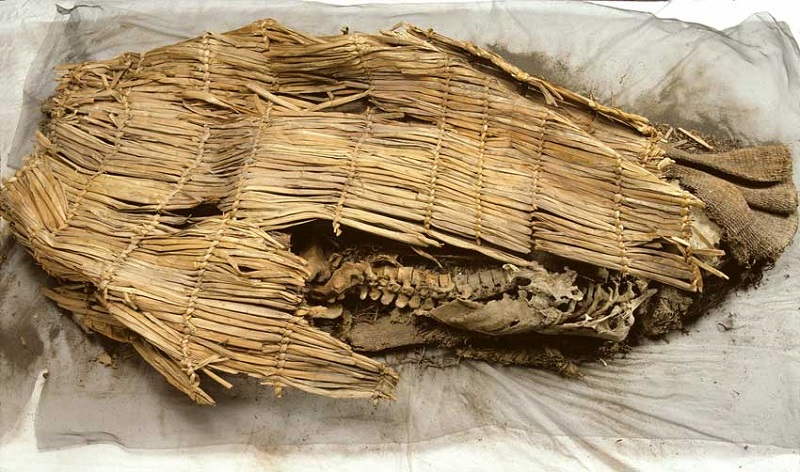
The Spirit Cave Mummy is the oldest naturally mummified human found in North America. It dates back to approximately 9,400 years ago. Located in Spirit Cave near Fallon, Nevada, this mummy was discovered in 1940 by archaeologists Sydney and Georgia Wheeler. The remains belonged to a male individual, who was around 40 years old at the time of death. The mummy’s preservation is due to the cave’s dry climate, which kept the remains intact. He was buried with a fur blanket and reed mats, suggesting some form of ritual. The Spirit Cave Mummy offers invaluable clues about the lives of early Native Americans.
Ötzi the Iceman (Alps, between Austria and Italy)
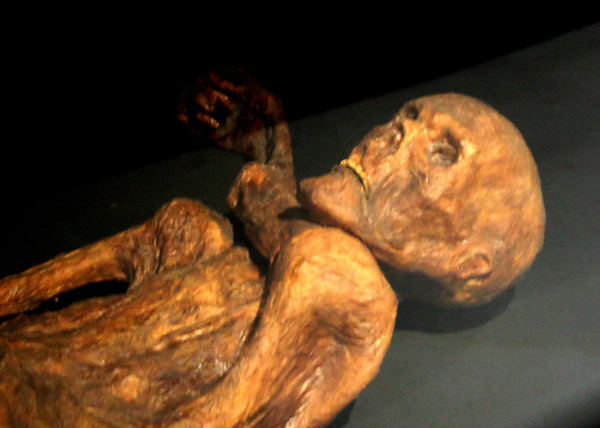
Ötzi the Iceman is one of the most well-preserved mummies, dating back to around 3,300 BCE. Discovered in 1991 in the Ötztal Alps along the Austrian-Italian border, Ötzi was an adult male. He likely died in his mid-40s, and his body was naturally preserved by the icy conditions. His body and clothing remained intact, revealing fascinating details about his life. Ötzi had tattoos and was found with tools and a copper axe, shedding light on his role in his community. The glacier that encased him preserved even his internal organs, providing a rare glimpse into ancient health and diet.
Chinchorro Mummies (Chile and Peru)
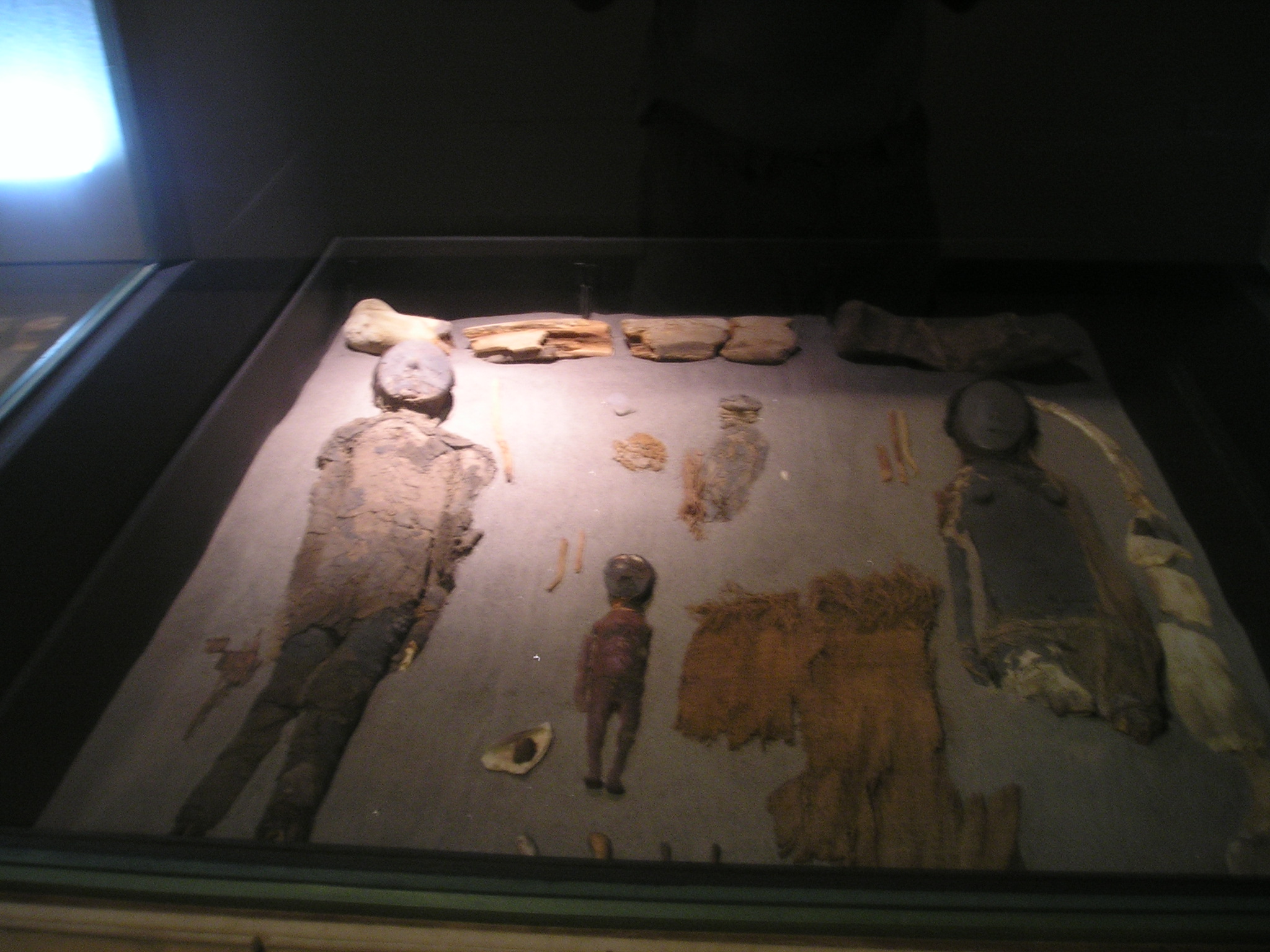
The Chinchorro mummies, found along the coastal areas of Chile and Peru, are the world’s oldest artificially mummified remains. Dating back to approximately 5000 BCE, these mummies belonged to the Chinchorro people, an ancient fishing society. The Chinchorro developed advanced preservation techniques, using clay and other materials to reconstruct the bodies. Both male and female mummies, including children, have been uncovered. Discovered in the early 20th century, these remains reveal the advanced mortuary practices of the Chinchorro. Their mummification methods predate even Egyptian practices, making them a significant discovery in archaeology.
Gebelein Man (Egypt)

Gebelein Man is an ancient Egyptian mummy dating back to around 3400 BCE. He was found in the early 20th century in the village of Gebelein, Egypt. This mummy, a naturally preserved adult male, was buried in a shallow grave. The dry desert sand preserved his body remarkably well, leaving his skin and hair intact. Gebelein Man shows evidence of a violent death, with a deep wound on his back likely caused by a spear. This mummy is one of the oldest Egyptian remains and provides unique insights into pre-dynastic Egyptian life. Today, he is displayed at the British Museum, attracting thousands of visitors.
Ramesses II (Egypt)

Ramesses II, also known as Ramses the Great, ruled ancient Egypt around 1279-1213 BCE. His mummy was discovered in 1881 in the Valley of the Kings, Luxor, Egypt. Known for his significant contributions to Egyptian architecture and his long reign, Ramesses’ body was initially placed in his royal tomb. Due to looting, his mummy was moved several times before finally being hidden in a cache. Ramesses II’s mummy shows signs of arthritis and a likely tooth infection, revealing the health challenges he faced. Today, his well-preserved remains are on display in Cairo, providing a close look at one of Egypt’s most powerful rulers.
King Tutankhamun (Egypt)
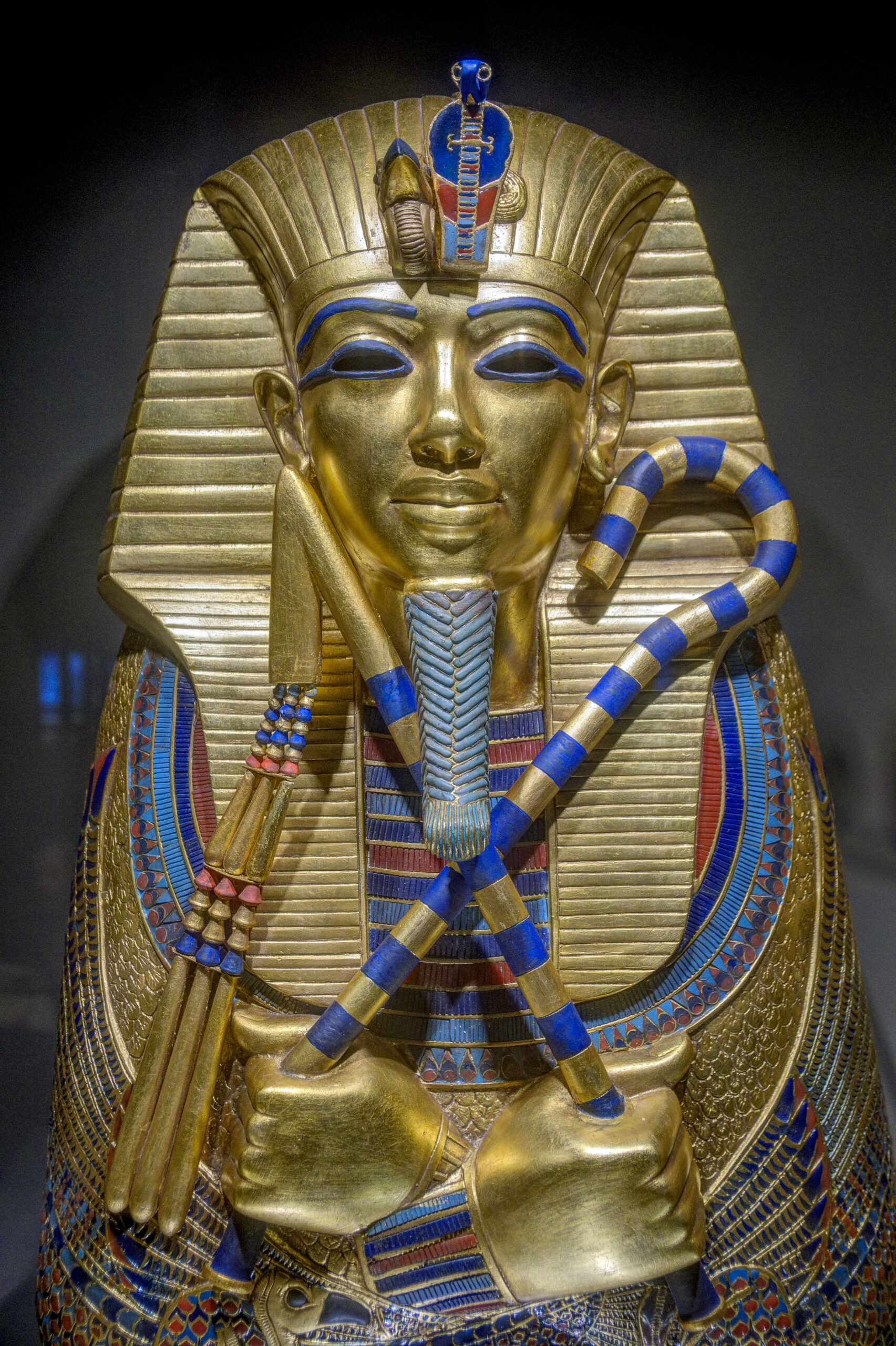
King Tutankhamun, or King Tut, is perhaps the most famous mummy, ruling around 1332-1323 BCE. His tomb was discovered in 1922 by Howard Carter in the Valley of the Kings. Tutankhamun was a young pharaoh, likely only 18 or 19 at the time of his death. His tomb was filled with exquisite artifacts, offering insight into Egypt’s opulent burial practices. Tutankhamun’s mummy was naturally preserved, and examination revealed signs of genetic disorders and potential injuries. His tomb remains one of the most significant archaeological finds, showcasing the richness of ancient Egyptian civilization.
Lady Rai (Egypt)
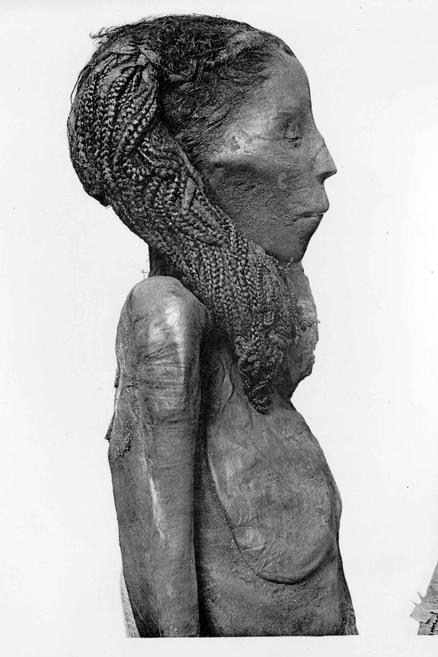
Lady Rai’s mummy is among the oldest known well-preserved female mummies in Egypt. She lived around 1530 BCE and was discovered in Deir el-Bahari in the early 20th century. Lady Rai served as a nursemaid to Queen Ahmose-Nefertari, a notable figure in Egyptian history. Her body was carefully mummified, with preservation methods reflecting early embalming techniques. Found alongside many funerary items, her burial highlights the importance of royal service roles. Lady Rai’s preservation is remarkable, with her hair and facial features still recognizable, offering a glimpse into the life of an ancient Egyptian woman of status.
Xin Zhui (China)
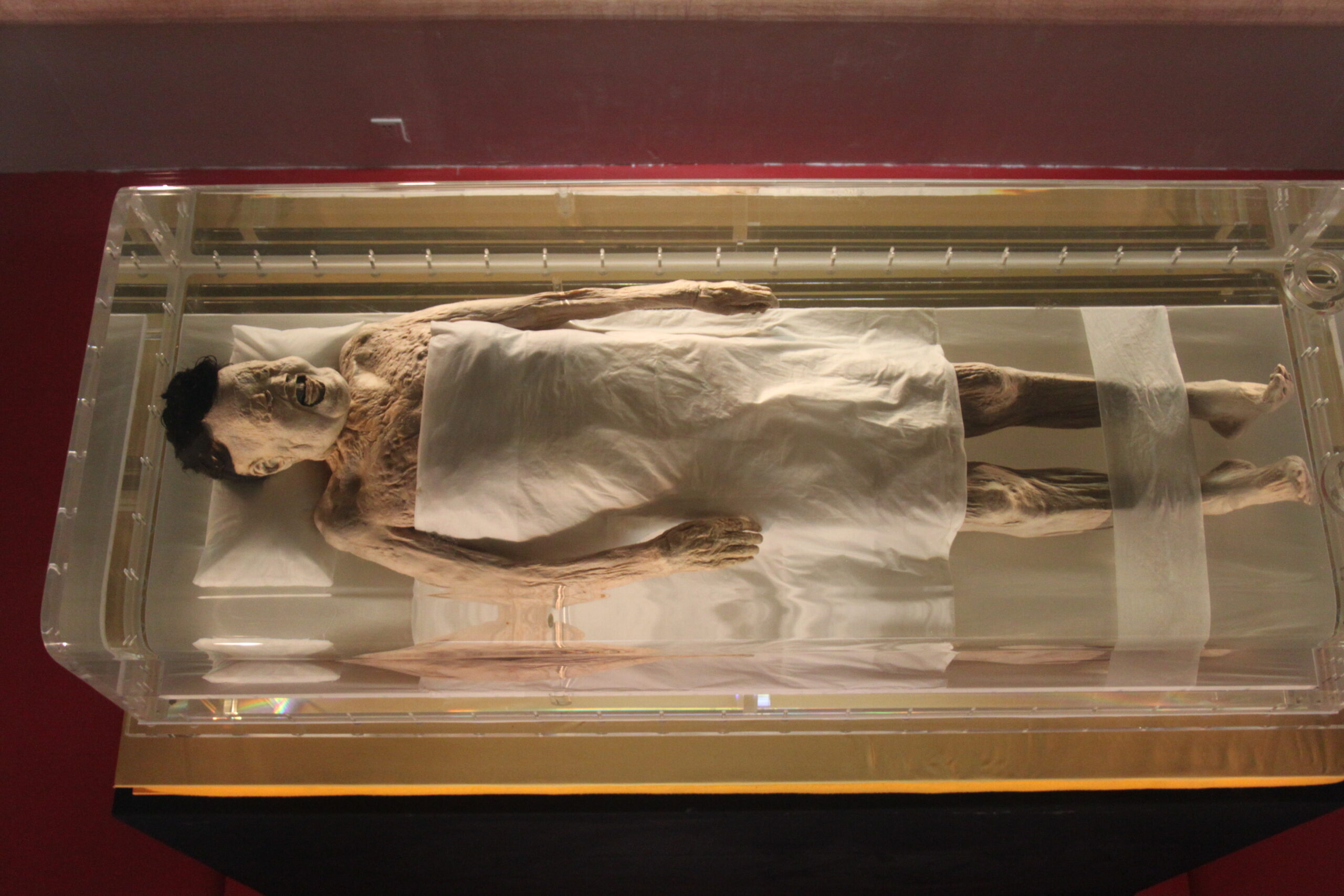
Xin Zhui, also known as Lady Dai, is an incredibly well-preserved mummy from the Han Dynasty, dating back to around 163 BCE. She was discovered in the 1970s in a tomb in Changsha, Hunan Province, China. Her body remained in an airtight coffin filled with a mysterious liquid that contributed to her preservation. Xin Zhui was likely in her fifties at the time of death, and autopsy results revealed various health issues, including obesity and gallstones. Her skin and internal organs remained intact, showcasing the advanced embalming techniques of her time. Her mummy is a marvel of preservation and offers rare insights into ancient Chinese burial practices.
Tarim Basin Mummies (China)
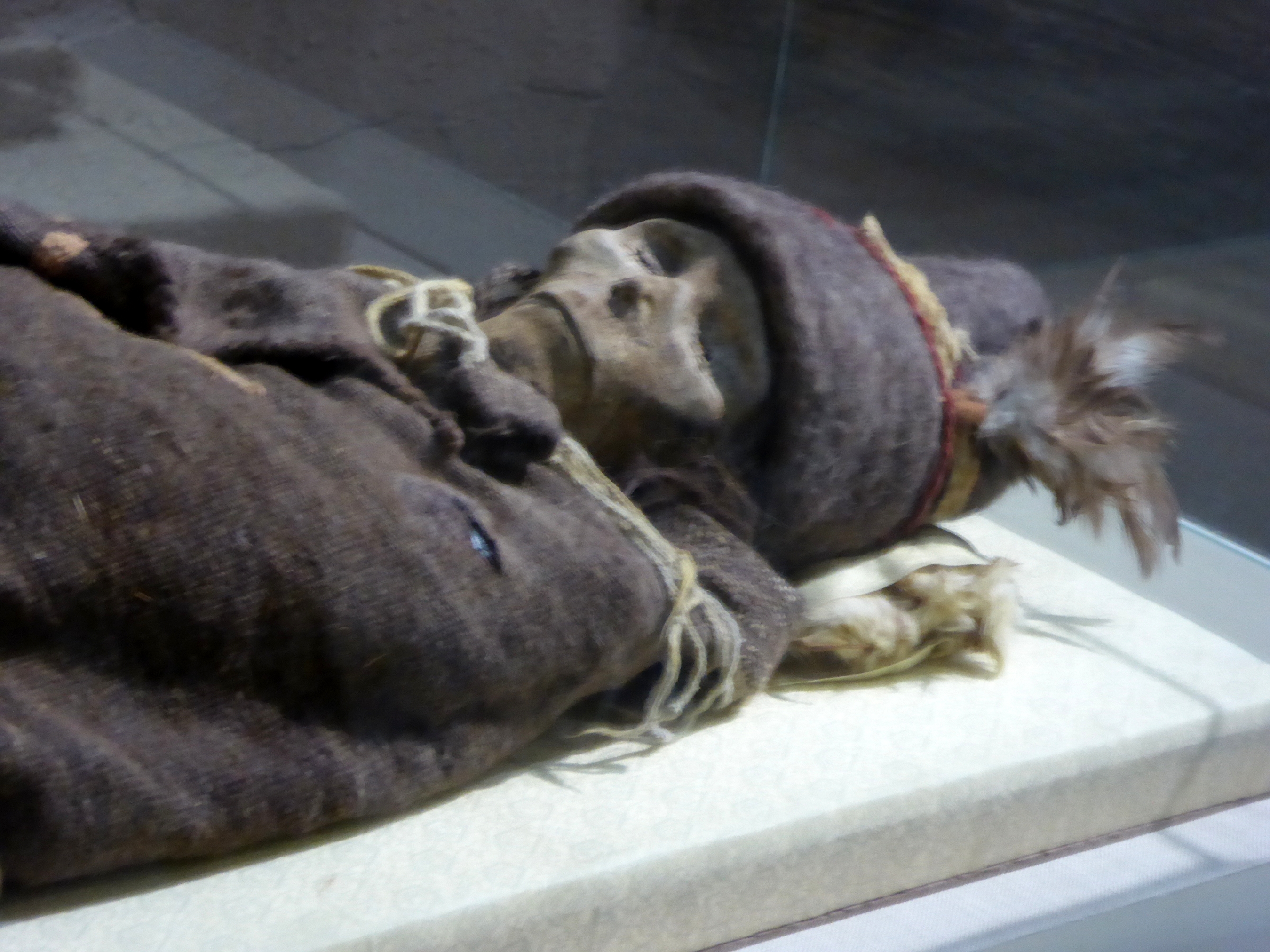
The Tarim Basin Mummies were discovered in western China’s Taklamakan Desert, dating back as far as 1800 BCE. These naturally preserved bodies are unique because they show distinctly Caucasian features, such as tall stature, elongated faces, and light-colored hair. Found in the early 20th century, many of the mummies were buried in elaborate clothing, including wool and felt hats, indicating a sophisticated culture. The desert’s dry, salty conditions helped keep these individuals well-preserved. Both men and women have been unearthed, revealing details about trade and cultural exchanges along ancient Silk Road routes. The Tarim Basin Mummies continue to intrigue researchers worldwide.
Sican Lord of Sipan (Peru)
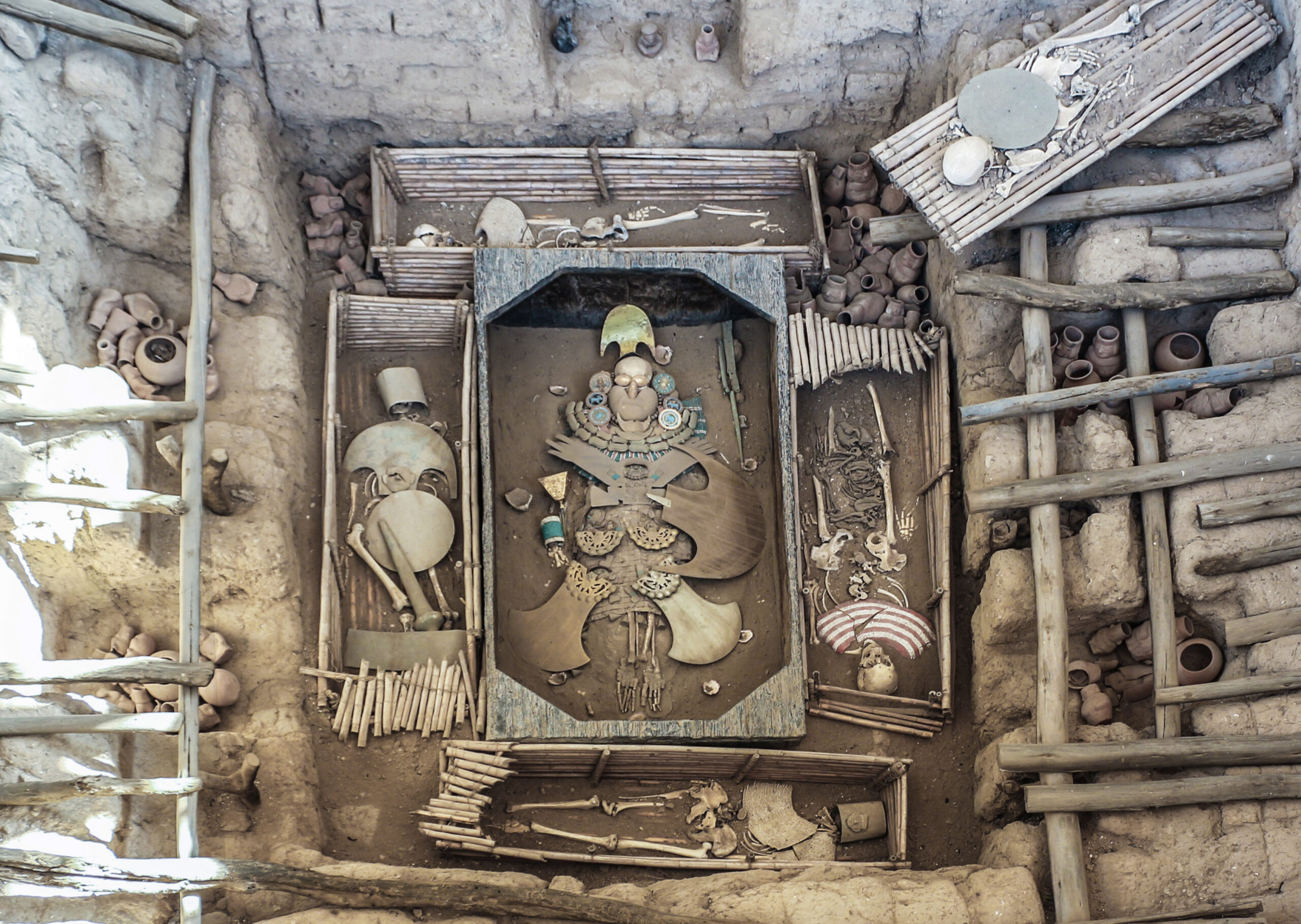
The Sican Lord of Sipan is one of the most famous mummies from ancient Peru, dating back to around 300 CE. He was discovered in 1987 in the northern Lambayeque Valley, in an elaborate tomb filled with treasures. The mummy belonged to a high-ranking Sican noble, known for his exquisite gold jewelry, ceremonial headdress, and intricate burial accompaniments. The Sican Lord’s tomb revealed much about Moche culture, including the importance of ceremonial offerings and respect for the elite. His body was mummified naturally, preserved by the dry desert climate, and remains a remarkable find in South American archaeology.
Pharaoh Amenhotep I (Egypt)
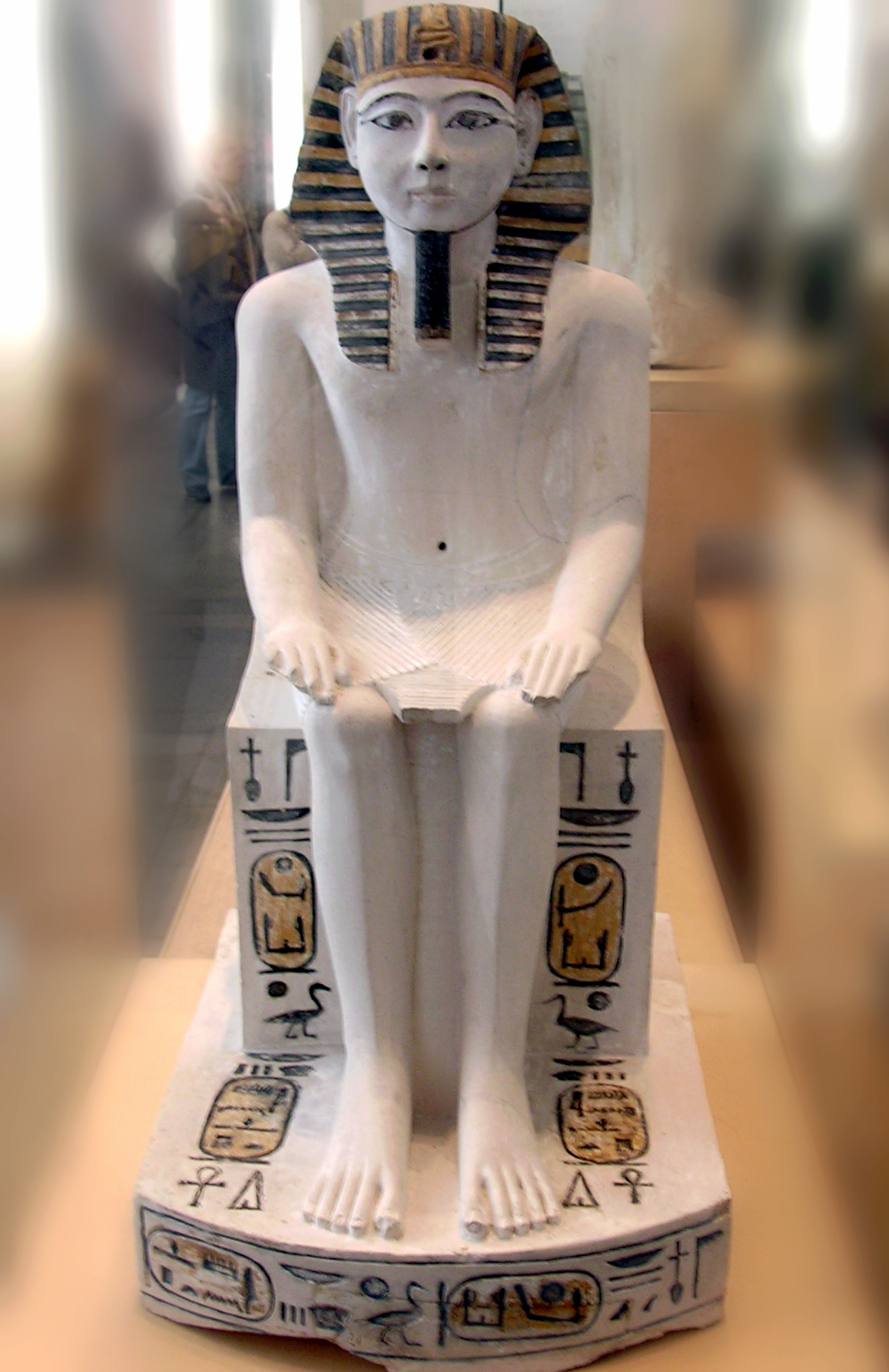
Pharaoh Amenhotep I reigned during Egypt’s 18th Dynasty, around 1525-1504 BCE, and is one of the few mummies preserved with its original wrappings. Discovered in 1881 in the Deir el-Bahari cache, his body was later re-wrapped by priests after tomb robbers disturbed it. Amenhotep’s preservation is unique because modern researchers have respected the ancient wrappings, studying him through advanced imaging techniques instead. His face and features remain undisturbed, and researchers believe he died in his early thirties. This mummy provides invaluable insights into royal mummification practices and remains on display in Cairo’s Egyptian Museum.
Lindow Man (United Kingdom)
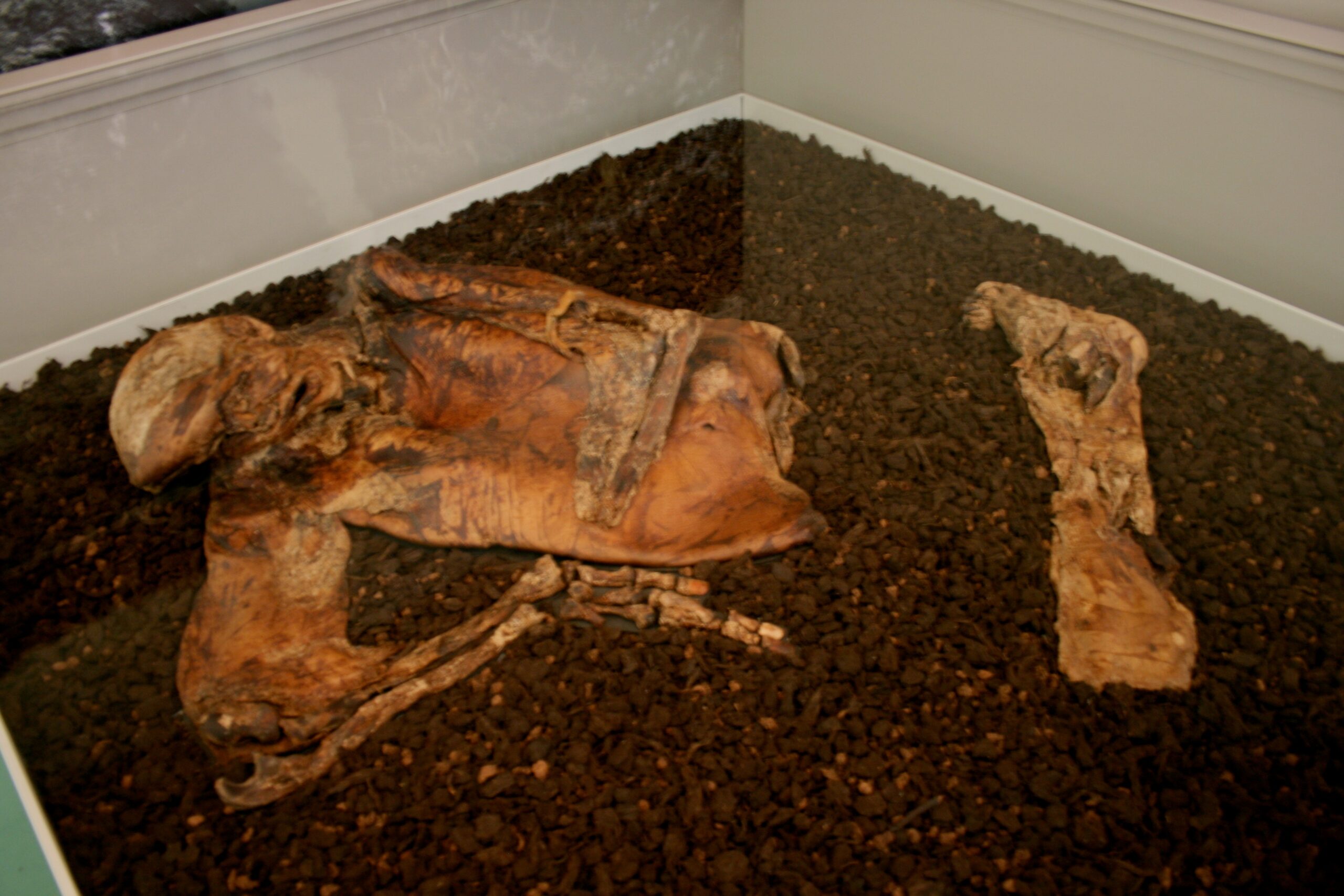
Lindow Man is one of the best-preserved bog bodies, dating back to around 2 BCE to 119 CE. Discovered in 1984 in Lindow Moss, Cheshire, England, this male mummy provides insight into Iron Age rituals in Britain. Lindow Man’s body was preserved naturally in the peat bog, which kept his skin, hair, and internal organs intact. Forensic analysis shows he suffered a violent death, including blows to the head and strangulation, possibly part of a sacrificial ritual. This mummy is a remarkable find, offering a glimpse into ancient British rituals and beliefs, and is displayed in the British Museum.
Grauballe Man (Denmark)
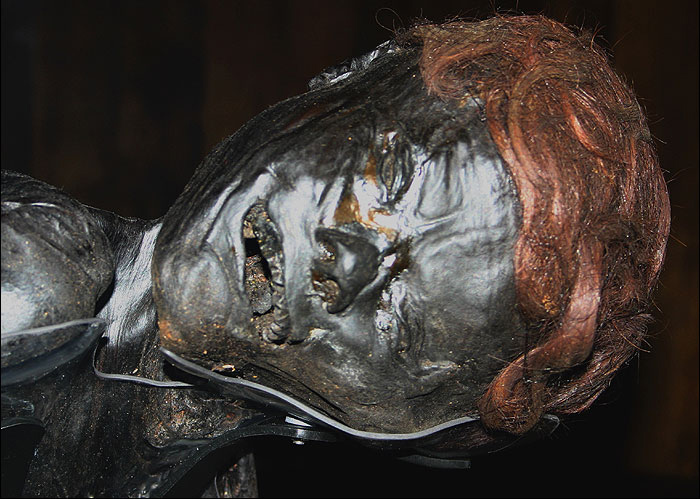
Grauballe Man is another well-preserved bog body, discovered in 1952 in Denmark’s Jutland Peninsula, dating back to around 290 BCE. The peat bog preserved his skin, hair, and even his fingernails, providing a detailed look at ancient life. Grauballe Man died a violent death, likely from his throat being cut, which was preserved on his neck. He is believed to have been sacrificed in a ritual and offers valuable insights into the Iron Age societies of Northern Europe. His body remains on display at the Moesgaard Museum in Denmark, where it continues to fascinate visitors and researchers alike.
This article originally appeared on Rarest.org.
More from Rarest.org
19 Unique Herbivores That Inhabit Isolated Mountain Ranges
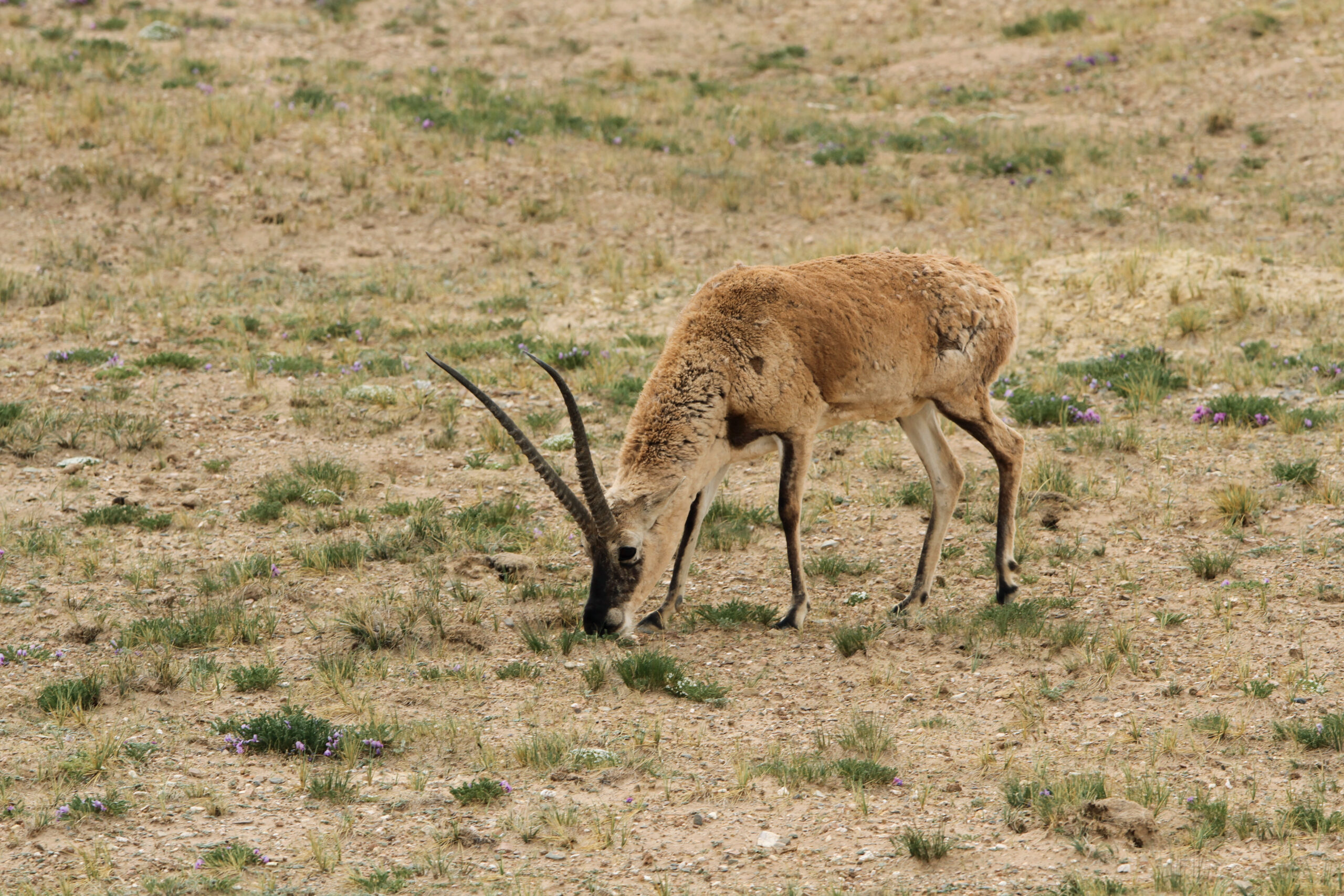
Mountain ranges create isolated habitats where unique herbivores have evolved to survive in some of the world’s most challenging environments. Read More.
15 Antique Tractors That Revolutionized Farming

Antique tractors played a vital role in revolutionizing farming, transforming the way crops were grown and harvested. Read More.
17 Forgotten Literary Works That Gained Popularity Later
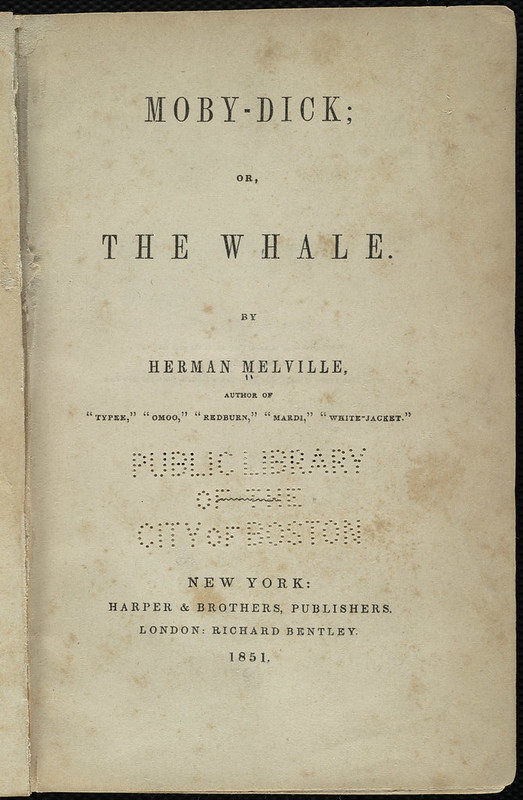
Some literary works are destined for immediate fame, while others take time to find their audience. Read More.
